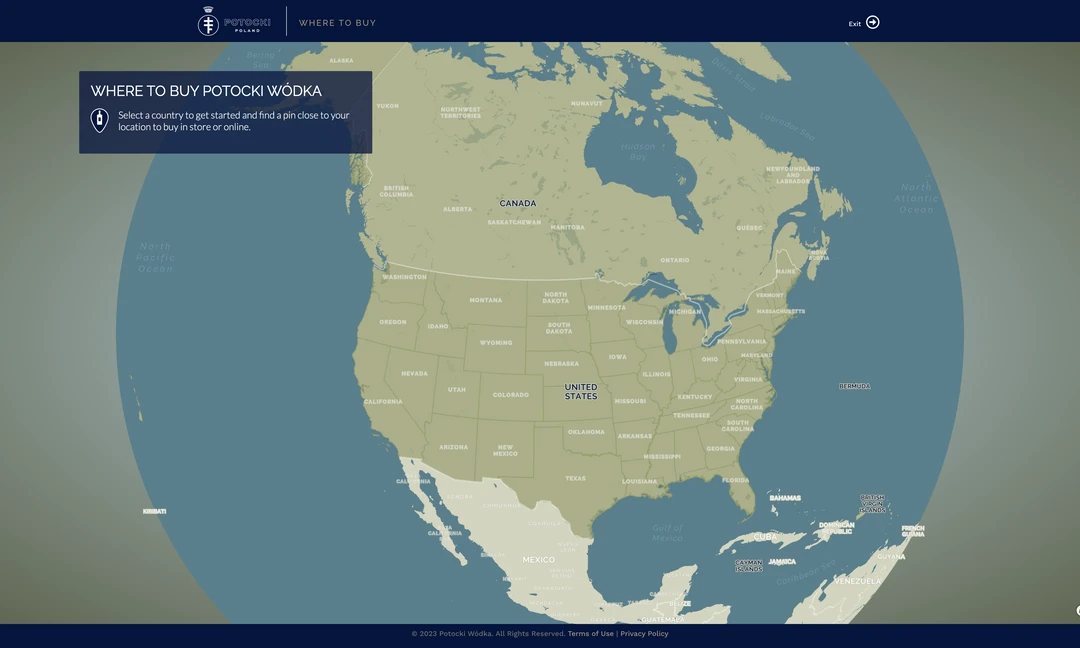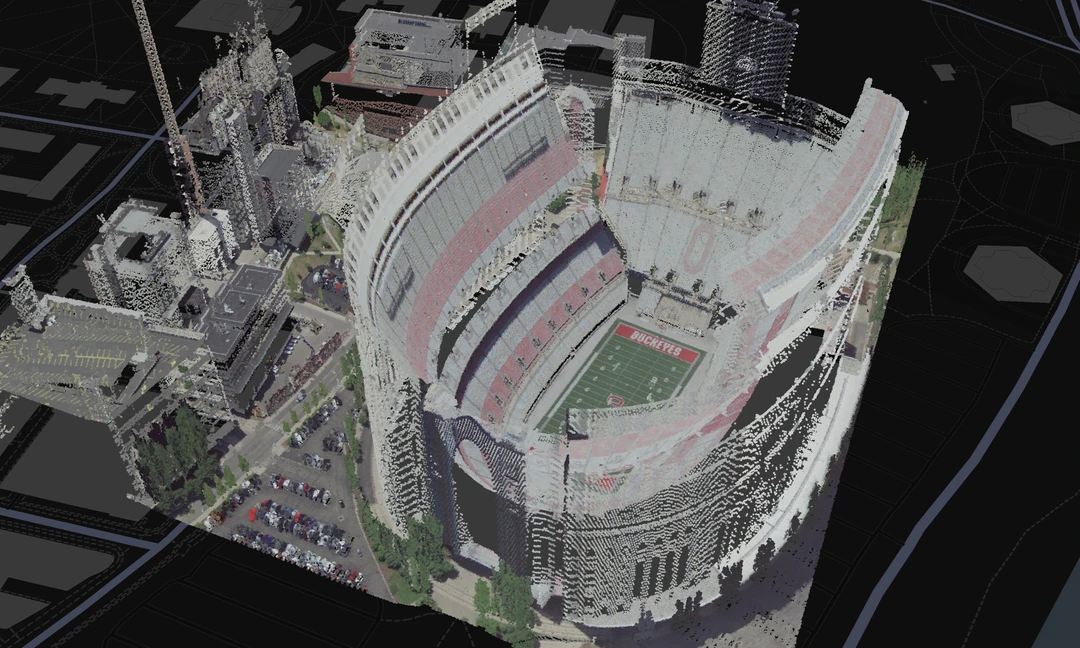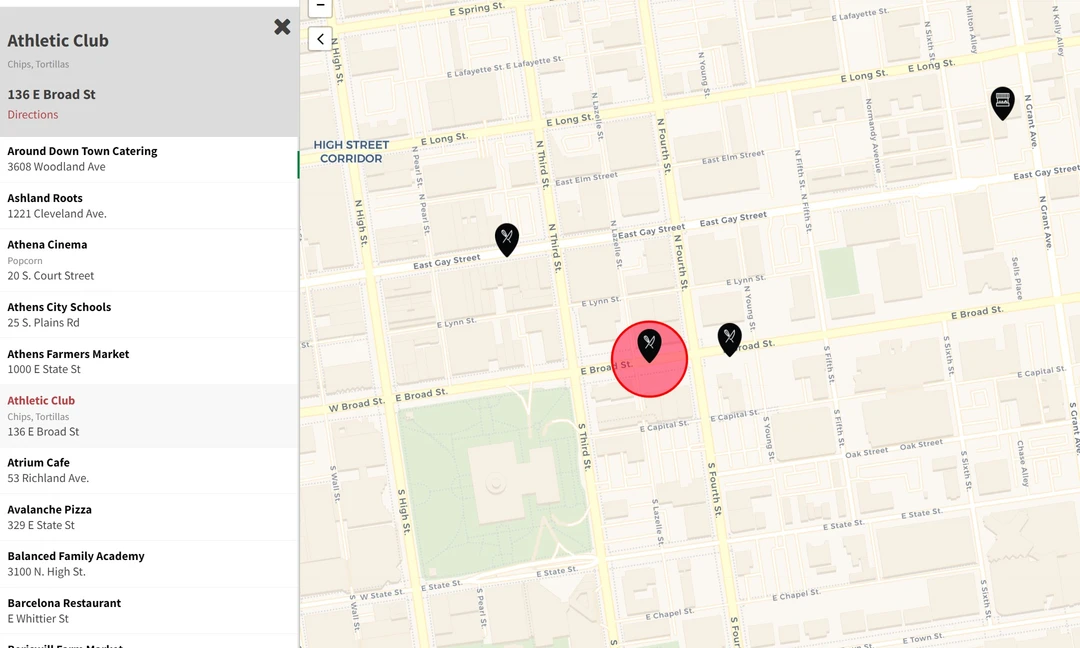Finding Perpendicular lines with TurfJS
Bearing, LineIntersect & Destination
In a recent project I needed to determine the perpendicular distance from a single point (C) to a line created by two other points (A and B). Normally we could just use the turf.nearestPointOnLine(), however that only works if the third point lies in between the first two points. In this case the point C could be anywhere, not necessarily between the points A and B. Therefore the distance needs to be measured along a line perpendicular to an imaginary infinite line created by points A and B. This can be accomplished with a few other turf functions - turf.bearing(), turf.destination() and turf.lineIntersect() - along with the slope of the line.
Get the Slope and Extend the Line
The function below returns an extended line with two additional points representing the X and Y intercept from two points whose Y and X are taken from point C, respectively. Now that we have this extended line we can be sure that the third point does indeed fall between our two new points. At this point we could use turf.nearestPointOnLine(), but this tends to have a small but significant margin of error. To improve the accuracy of our measurement we can use the turf.lineIntersect() function.
|
Create a Perpendicular Line to Line AB
|
Using turf.bearing() we can create a perpendicular line using the distance from point C to either points A or B, then adding and subtracting 90 from this bearing. We can use this distance because unless point C is exactly 90 degrees from either points A or B, this distance will always be greater than the perpendicular distance to our extended line.
Find our Target Point and Distance
Now that we have this perpendicular line we can finally use turf.lineIntersect() to get our target point along our extended line with which to measure the distance to point C.
|



